TRUMP to ask SAUDI ARABIA to invest $1 TRILLION in the US
Former U.S. President Donald Trump is reportedly preparing to ask Saudi Arabia to invest a staggering $1 trillion in the United States as part of his strategy to boost economic growth and strengthen the U.S.-Saudi relationship. The proposed investment is part of a larger plan to create jobs, advance infrastructure projects, and attract foreign capital to the U.S. at a time when the country is grappling with economic challenges and looking to rebuild after the pandemic.
The request, which is expected to be made during upcoming talks between Trump and Saudi officials, has raised eyebrows among policymakers and financial experts alike. A $1 trillion investment is a bold move that would have significant implications for both countries, potentially reshaping U.S.-Saudi relations and creating new opportunities for growth in sectors such as technology, energy, and infrastructure.
The Strategic Value of the U.S.-Saudi Relationship
The U.S.-Saudi partnership has long been rooted in shared interests in energy, security, and regional stability. Saudi Arabia, as one of the world’s largest oil producers, has been a key player in global energy markets, while the United States has provided military and economic support to the Kingdom in exchange for access to oil and cooperation on regional security matters.
Trump’s proposal to ask Saudi Arabia for such a massive investment underscores the importance of this long-standing relationship, particularly in light of the economic pressures both countries are facing. With the rise of new energy technologies and shifting geopolitical dynamics, the U.S. is eager to attract foreign capital to ensure continued growth and stability.
The $1 trillion investment would help further solidify the bond between the U.S. and Saudi Arabia while also offering the Kingdom an opportunity to diversify its own investment portfolio. Saudi Arabia has been actively seeking to reduce its dependence on oil revenues by investing in a wide range of sectors, including technology, real estate, and tourism. A substantial investment in the U.S. could further this goal, allowing the Kingdom to capitalize on America’s economic growth and innovation.
The Potential Impact on the U.S. Economy
If Saudi Arabia agrees to invest $1 trillion in the United States, the potential economic impact would be enormous. The infusion of capital could provide a much-needed boost to various sectors, from infrastructure projects to cutting-edge technology initiatives. Trump’s proposal would likely focus on key areas such as green energy, transportation infrastructure, and the development of emerging technologies.
A large-scale investment like this could create millions of jobs, particularly in the construction, tech, and clean energy sectors. It would also help attract additional foreign investment, as other countries might see Saudi Arabia’s commitment to the U.S. as a sign of confidence in the American economy.
Additionally, the investment could lead to a further expansion of U.S.-Saudi trade, with Saudi Arabia becoming a more significant economic partner to the U.S. This could include everything from trade deals in oil and gas to joint ventures in high-tech industries. Strengthening economic ties with Saudi Arabia would also open up new opportunities for American businesses looking to expand into the Middle East and North Africa.
Political and Diplomatic Implications
Trump’s request for a $1 trillion investment also has important political and diplomatic implications. Saudi Arabia has long been a key ally of the United States in the Middle East, but the relationship has faced challenges, particularly under the Biden administration. President Biden has been critical of Saudi Arabia’s human rights record and its involvement in the war in Yemen, which has created tensions between the two countries.
Trump’s proposal could help mend some of these diplomatic rifts, as it would align with the Kingdom’s economic goals while offering a strong incentive for further cooperation with the U.S. It’s also possible that Trump’s request would be framed as part of a broader effort to foster peace and stability in the Middle East, as increased investment and economic growth could help mitigate some of the region’s ongoing political and humanitarian crises.
However, the request may also face pushback from some U.S. lawmakers and human rights groups who have raised concerns about Saudi Arabia’s domestic policies, including its treatment of dissidents and the ongoing war in Yemen. Critics argue that the U.S. should not be offering such substantial support to a country with a controversial human rights record.
Saudi Arabia’s Vision 2030 and the $1 Trillion Investment
Saudi Arabia has been undergoing a significant economic transformation under its Vision 2030 plan, which aims to diversify the Kingdom’s economy away from oil dependence and invest in non-oil sectors. Crown Prince Mohammed bin Salman, the driving force behind Vision 2030, has been actively seeking international investments to help fund this ambitious project.
The proposal for a $1 trillion investment in the U.S. fits into this broader strategy, as it would provide Saudi Arabia with opportunities to invest in American industries and technologies that align with its Vision 2030 goals. The U.S. is seen as a leader in areas such as clean energy, artificial intelligence, and biotechnology, all of which are key sectors for Saudi Arabia’s long-term economic future.
At the same time, such an investment would allow Saudi Arabia to leverage its vast oil wealth in ways that support its broader geopolitical and economic objectives. By positioning itself as a major player in global finance and technology, Saudi Arabia could strengthen its position in the global economic order and reduce its reliance on oil exports.
Potential Obstacles and Challenges
While the idea of a $1 trillion investment may seem promising, there are several potential obstacles and challenges that could prevent it from coming to fruition. For one, the scale of the investment would require extensive coordination between Saudi and U.S. officials, as well as buy-in from a variety of stakeholders in both countries. The logistics of funneling such a large amount of capital into the U.S. economy could present significant challenges, especially given the regulatory and legal hurdles that might arise.
Additionally, there are concerns about the long-term sustainability of such an investment. While a large-scale investment could provide immediate benefits, it’s unclear how the U.S. economy would absorb and utilize such vast amounts of capital. Questions around inflation, market volatility, and the potential for economic imbalances could complicate the implementation of the investment.
Furthermore, the political climate in the U.S. could play a significant role in the success of Trump’s proposal. With shifts in power in Washington, the next administration’s stance on U.S.-Saudi relations and foreign investment could either help or hinder the success of the proposal. The dynamics of international diplomacy are fluid, and it’s uncertain whether both parties will be able to overcome these challenges to make such a substantial investment a reality.
In Conclusion
Former President Donald Trump’s request for Saudi Arabia to invest $1 trillion in the United States is an ambitious proposal that could have significant economic, political, and diplomatic implications for both countries. If successful, this investment could provide a major boost to the U.S. economy, create jobs, and strengthen U.S.-Saudi ties. However, the challenges of coordinating such a large-scale investment, combined with the political climate in both countries, could complicate efforts to make this vision a reality. As the proposal moves forward, it will be interesting to see how it evolves and whether it can overcome the many obstacles in its path.
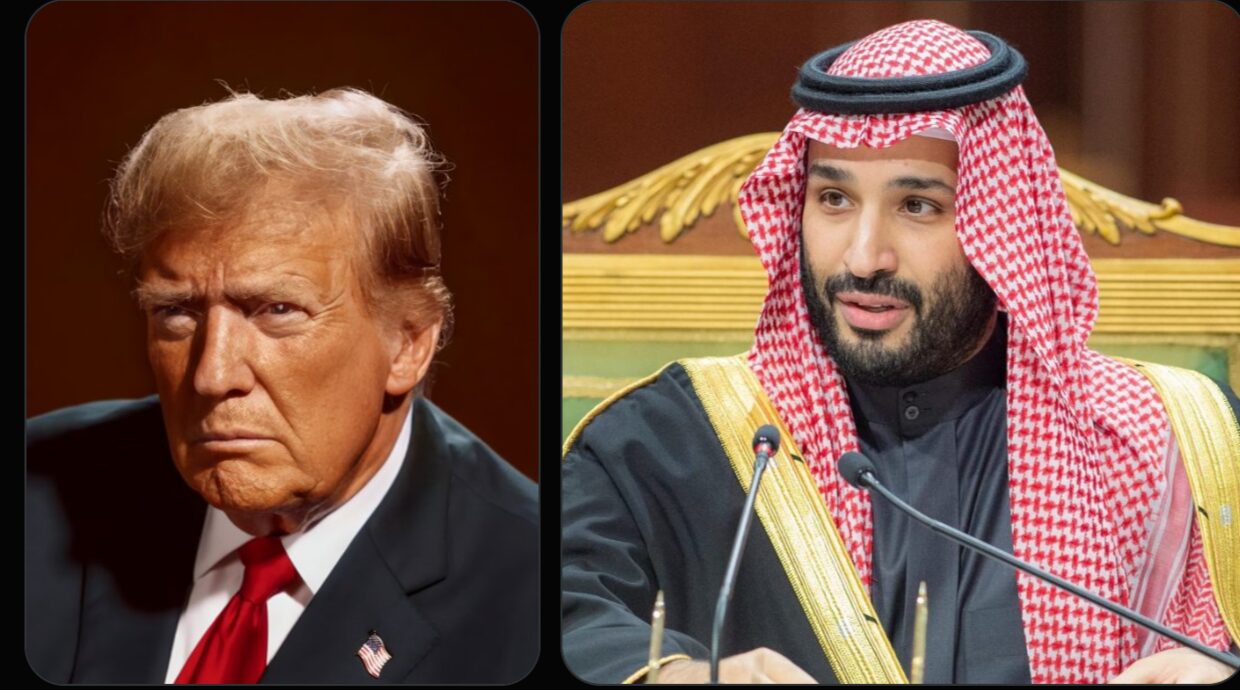
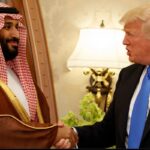
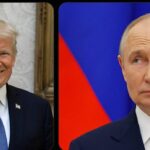
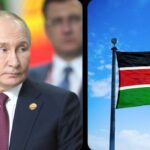
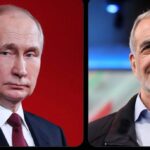

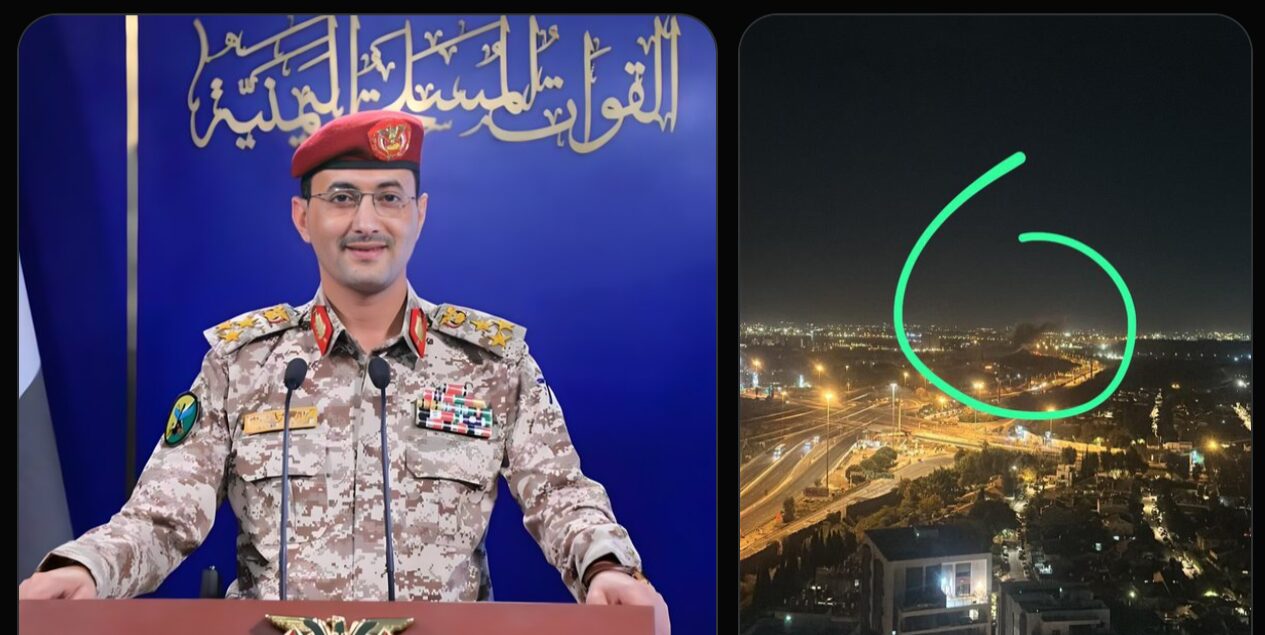

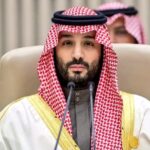
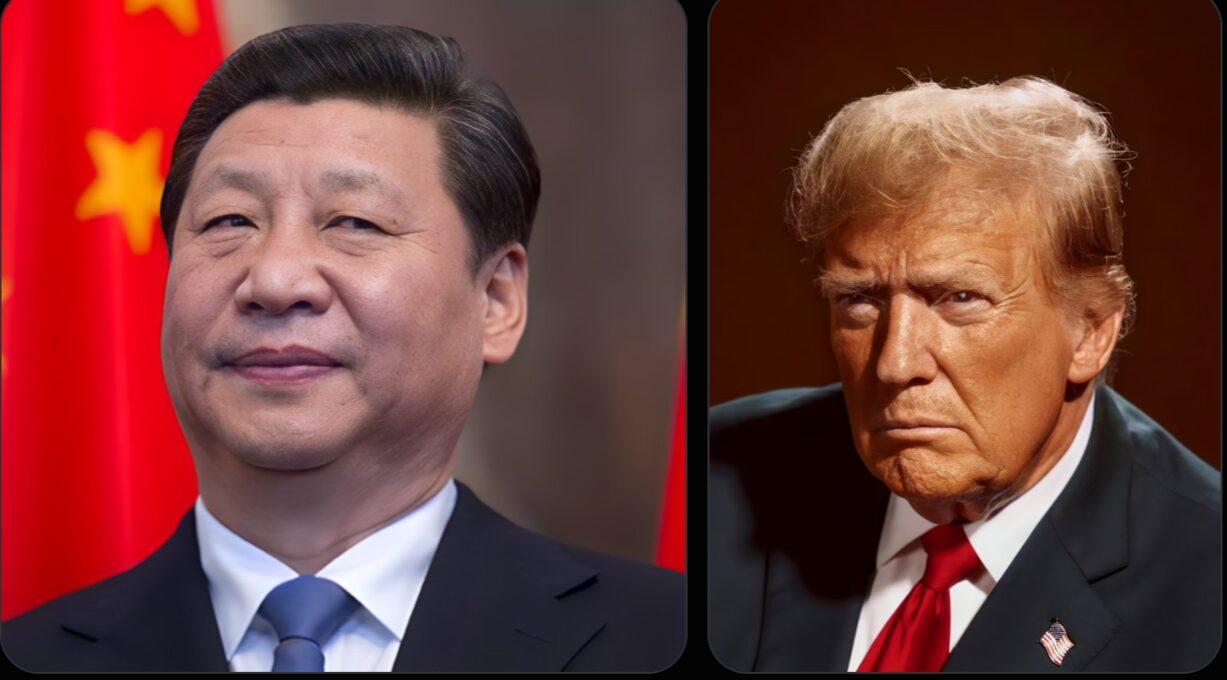
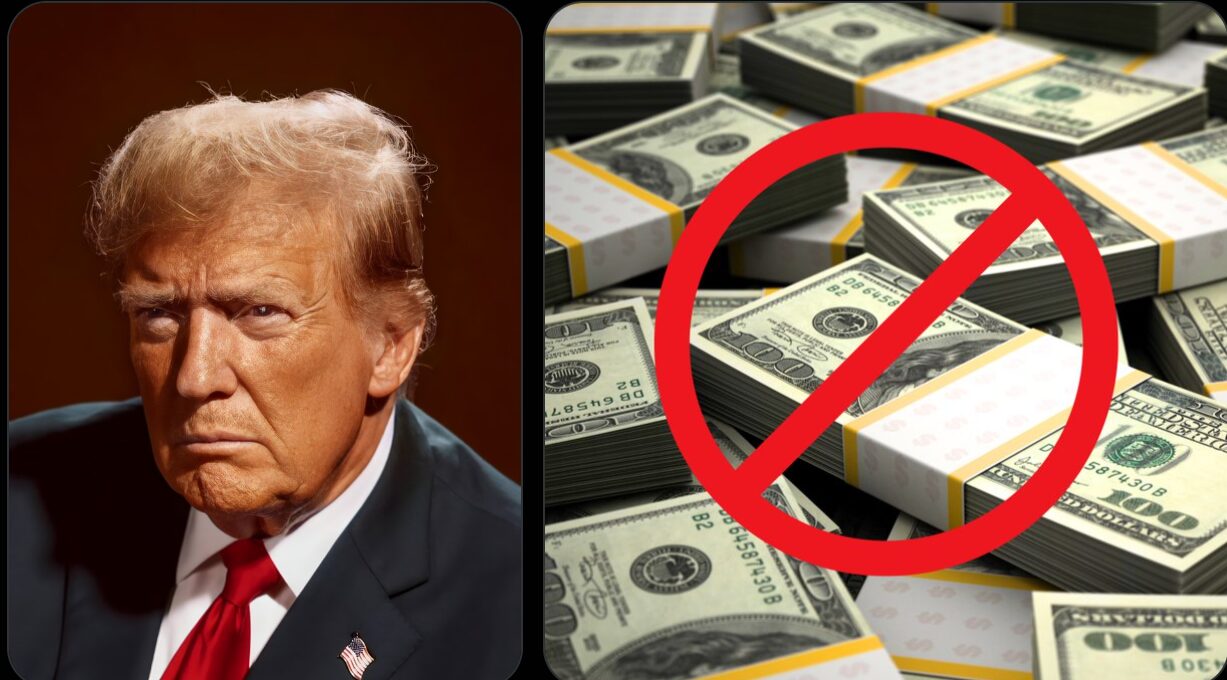
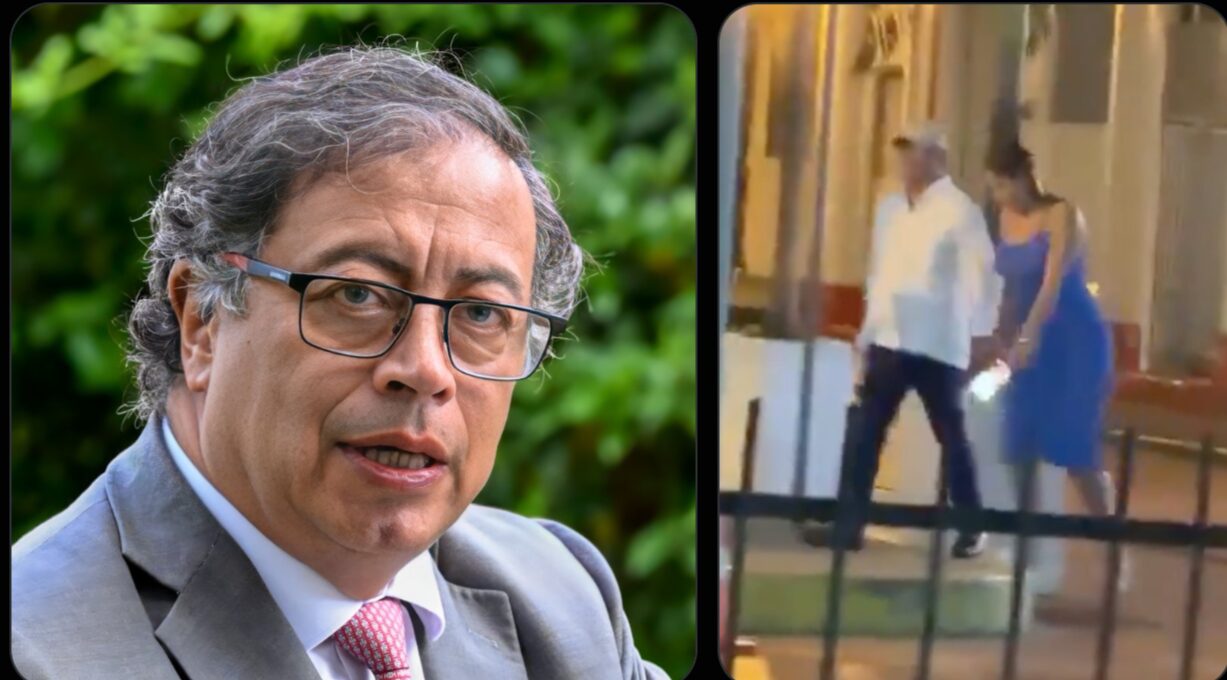
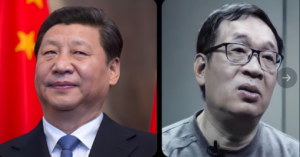
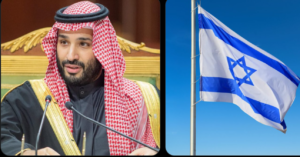
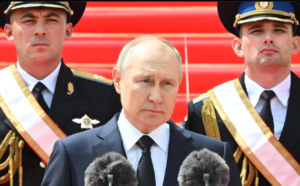
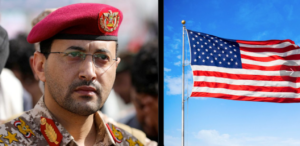

Post Comment